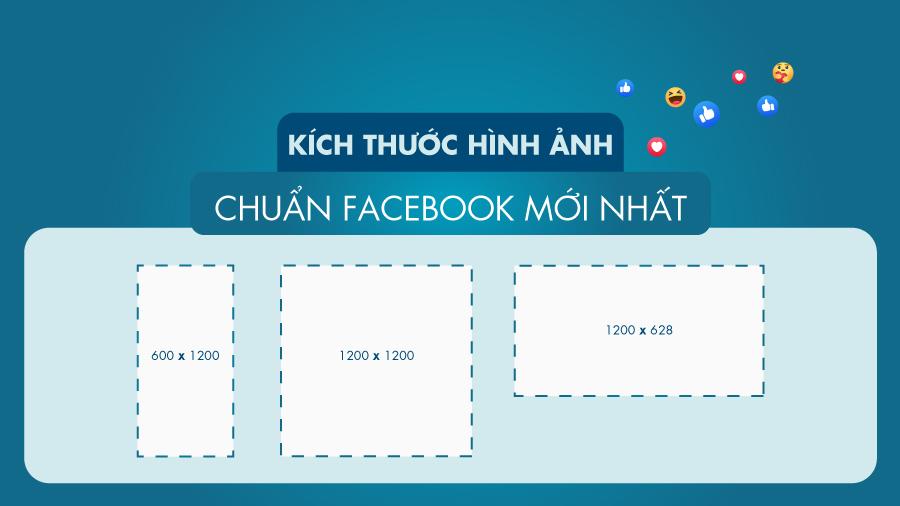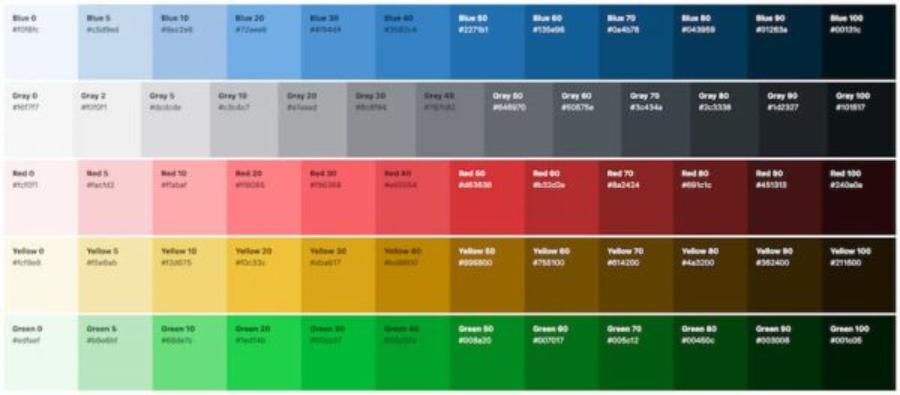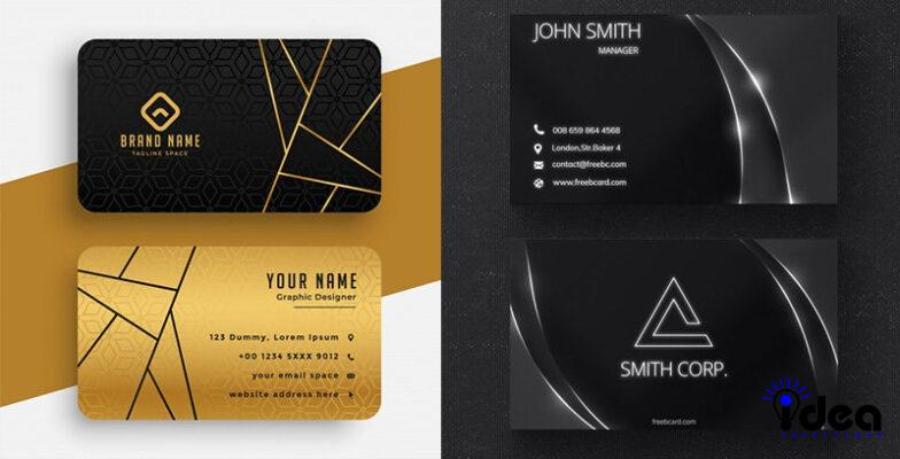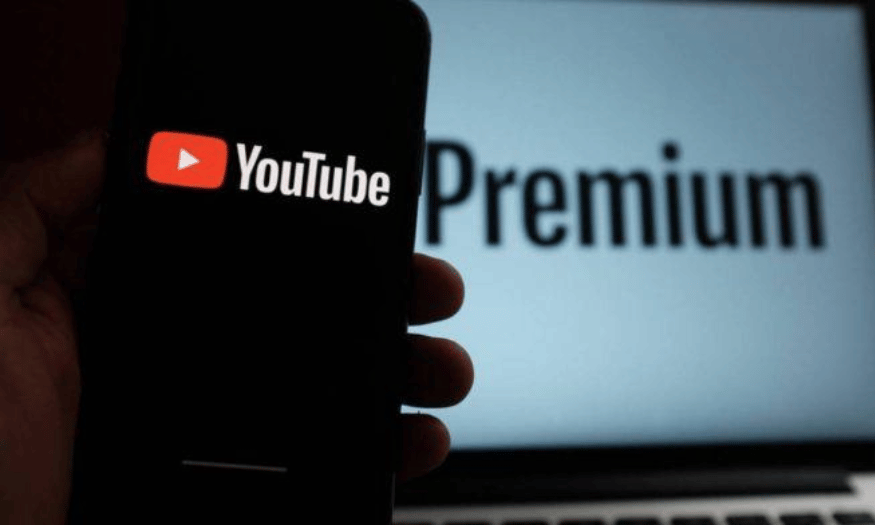Best Selling Products
Facebook Photo Size 2025: The Most Standard Updated Guide
Nội dung
- 1. Why is Facebook Standard Photo Size Important?
- 2. Update Facebook Avatar Size Standard 2025
- 3. Update Facebook Cover Photo Size Standard 2025
- 4. Update Facebook Post Photo Size Standard 2025
- 4.1. Post a Photo
- 4.2. Post Two Photos
- 4.3. Post Three Photos
- 4.4. Post Four Photos
- 4.5. Post Five or More Photos
- 5. Update Standard 2025 Shared Link Image Size (Link Preview)
- 6. Update Facebook Story and Reels Image Size Standard 2025
- 7. Update Standard Facebook Advertising Image Size 2025
- 8. Facebook Image Size Optimization Support Tool
- 9. Stay Updated With Facebook Changes
- 10. Optimize Image Quality Besides Size
- 11. 360 Panorama and 3D Photos on Facebook
- 11.1. 360 Degree Panorama
- 11.2. 3D Image
- 12. GIFs and Short Videos
- 13. The Importance of Consistency in Brand Image
- 14. Conclusion
Facebook photo size 2025 has changed a lot, update now the most detailed and accurate instructions to optimize images, ensure professional and attractive display

Facebook remains one of the largest and most important social media platforms in the world. With billions of monthly active users, it is a very potential channel for marketing, branding and community connection. However, to optimize the display of content, especially images, mastering the most standard Facebook photo size in 2025 is extremely important. An image with optimized size will display sharply, without being cropped, providing the best experience for viewers and increasing the interaction of your post. This article by sadesign will provide a comprehensive and detailed look at the standard photo size for all posting formats on Facebook in 2025.
1. Why is Facebook Standard Photo Size Important?
Complying with standard photo sizes when posting to Facebook brings many practical benefits:
.jpg)
Ensure display quality: Correctly sized images will be displayed in full, without cropping important details, maintaining sharpness and clarity on all devices (computers, phones, tablets).
Optimize page load speed: Images that are too large will slow down page load speed, frustrate users, and affect the overall experience. Facebook automatically compresses images, but uploading optimized images will make the process faster and more efficient.
Improve user experience: A post with a beautiful, professional image will attract attention and make a better impression on viewers, encouraging them to interact (like, comment, share).
Increase advertising effectiveness: For Facebook advertising campaigns, using the right sized images is an important factor for ads to display optimally in different locations (newsfeed, right column, Audience Network...), thereby increasing reach and conversion efficiency.
Maintain professionalism: For business and brand pages, posting standard images shows professionalism and meticulousness in managing images on social networks.
2. Update Facebook Avatar Size Standard 2025
Your profile picture is the “face” that represents your Facebook profile or page. It’s the first thing people see when interacting with you.
Display size:
Computer: Displays at 180 x 180 pixels.
Phone: Displays at 128 x 128 pixels.
Feature phone: Displays at 36 x 36 pixels.
Recommended upload size: Minimum 761 x 761 pixels to ensure good display quality on all devices and no pixelation when zoomed in.
Maximum allowed size: 2048 x 2048 pixels.
Aspect ratio: 1:1 (square). Facebook will automatically crop your photo to a circle when displayed in certain places (e.g. comments, posts).
Recommended format: JPEG or PNG.
Note: Make sure the most important part of the photo is in the center so it doesn't get lost when Facebook crops it into a circle.
3. Update Facebook Cover Photo Size Standard 2025
A cover photo is the large image that appears at the top of your Facebook profile or page, and is a great place to express your personality, message, or brand identity.
.jpg)
Display size:
Computer: 1702 x 630 pixels.
Phone: 1122 x 630 pixels.
Recommended upload size: 1920 x 1080 pixels to ensure sharp display on both computers and phones.
Minimum size: 851 x 315 pixels (for desktop) and 828 x 465 pixels (for mobile), but display quality may not be good.
Aspect ratio: 16:9 or approximately 2.7:1.
Recommended format: JPEG (for small images with simple colors) or PNG (for images with lots of details and need to keep transparency).
Maximum size: Should be under 100KB to optimize page load speed.
Note: The most important part of the cover photo should be in the middle so that it doesn't get cropped when displayed on different devices. Facebook can adjust the display size differently on desktop and mobile.
4. Update Facebook Post Photo Size Standard 2025
These are the image dimensions for regular posts on the News Feed.
4.1. Post a Photo
Square image: 1200 x 1200 pixels (1:1 ratio). This is the ideal size to display beautifully on any device.
Landscape: 1200 x 630 pixels or 1200 x 800 pixels (approximately 1.9:1 or 1.5:1 aspect ratio). Suitable for outdoor, landscape content.
Portrait: 960 x 1200 pixels or 1200 x 1500 pixels (4:5 or 3:4 aspect ratio). Ideal for content-rich, portrait-based articles.
Maximum upload size: 2048 x 2048 pixels.
4.2. Post Two Photos
Two landscape images: 1200 x 600 pixels each (2:1 ratio).
Two portrait photos: 600 x 1200 pixels each (1:2 ratio).
4.3. Post Three Photos
One large landscape image and two small square images: Large landscape image: 2000 x 1000 pixels, two small square images: 1000 x 1000 pixels each.
One large portrait image and two small square images: Large portrait image: 1000 x 2000 pixels, two small square images: 1000 x 1000 pixels each.
Three equal landscape images: 900 x 452 pixels each (2:1 ratio).
Three equal vertical images: 448 x 900 pixels each (1:2 ratio).
4.4. Post Four Photos
.jpg)
Four square images: 1200 x 1200 pixels or 1000 x 1000 pixels each (2x2 layout).
One large landscape image and three small square images: Large landscape image: 1920 x 1280 pixels, three small square images: 1000 x 1000 pixels each.
One large portrait image and three small square images: Large portrait image: 1280 x 1920 pixels, three small square images: 1000 x 1000 pixels each.
4.5. Post Five or More Photos
Facebook will display the first photo larger and the remaining photos smaller in various layouts. To ensure the best quality, try to keep all photos at the same aspect ratio. The recommended size for square photos in an album is 1200 x 1200 pixels.
5. Update Standard 2025 Shared Link Image Size (Link Preview)
When you share a link from an external website on Facebook, a preview image (link preview) will appear.
Recommended size: 1200 x 628 pixels (1.91:1 aspect ratio).
Minimum size for larger rectangles: 600 x 315 pixels.
Minimum size for small square: 200 x 200 pixels.
Note: Facebook can automatically fetch images from the web, but you can customize this image to make it more eye-catching.
6. Update Facebook Story and Reels Image Size Standard 2025
Stories and Reels are short vertical video and image formats that are popular on Facebook.
.jpg)
Recommended size: 1080 x 1920 pixels (9:16 aspect ratio). This is a full-screen portrait ratio.
Aspect ratio: 9:16.
Format: JPG, PNG (for images) or MP4 (for videos).
Duration: Stories can be up to 15 seconds long per slide, Reels can be longer depending on account type.
Maximum size: 30MB.
Note: Design so that important elements are within the safe zone (about 15% from top and bottom) to avoid being obscured by Facebook icons and navigation buttons.
7. Update Standard Facebook Advertising Image Size 2025
Ad image sizes can vary depending on where they're displayed and your campaign goals. Here are some common sizes:
Feed Ads:
Square image: Recommended 1080 x 1080 pixels (1:1 ratio). Minimum 600 x 600 pixels.
Landscape: Recommended 1200 x 628 pixels (1.91:1 aspect ratio). Minimum 600 x 315 pixels.
Portrait: Recommended 1080 x 1350 pixels (4:5 aspect ratio). Minimum 600 x 750 pixels.
Right Column Ads: Recommended 1200 x 1200 pixels (1:1 ratio). Minimum 254 x 133 pixels.
Instant Articles Ads: Recommended 1200 x 628 pixels (1.91:1 ratio).
Audience Network Ads: Sizes may vary depending on display location.
Messenger Ads: Recommended 1200 x 628 pixels (1.91:1 ratio). Minimum 254 x 133 pixels.
Story and Reels Ads: Recommended 1080 x 1920 pixels (9:16 aspect ratio).
Carousel Ads: Recommended 1080 x 1080 pixels (1:1 ratio).
Collection Ads: Recommended cover photo size 1200 x 628 pixels (1.91:1 ratio), recommended product photo size 1080 x 1080 pixels (1:1 ratio).
Important note for ads: Facebook often has rules about the amount of text in ad images (usually under 20%). Check Facebook's latest advertising policies to ensure compliance.
8. Facebook Image Size Optimization Support Tool
There are many tools and software to help you optimize image size for Facebook:
Photo editing software: Adobe Photoshop, Adobe Lightroom, GIMP, Canva, Fotor... allow you to resize, crop and compress photos.
Online image optimization websites: TinyPNG, JPEG Optimizer, Compress JPEG... help reduce image size while still maintaining relatively good quality.
Browser plugins and extensions: Some plugins can help you check image sizes directly on your Facebook page.
9. Stay Updated With Facebook Changes
Facebook regularly makes changes to its algorithm and image size requirements. To ensure your content always appears at its best, follow official Facebook announcements and reputable social media marketing sources for the latest updates!
10. Optimize Image Quality Besides Size
While size is important, photo quality also plays a key role in making an impression on viewers. Here are some tips for optimizing photo quality when posting to Facebook:
Use high-resolution images: High-resolution images will appear sharper and more detailed, especially when viewed on large screens. Try to upload images that are large enough in resolution for the desired display size.
Select the appropriate image format:
JPEG: Suitable for photos with lots of colors and complex gradations (e.g. landscapes, portraits). This is a lossy compression format, so consider the level of compression so as not to lose too much quality.
PNG: Suitable for images with graphics, logos, text or need to retain transparency. This is a lossless compression format, which retains better quality but is often larger than JPEG.
WebP: A modern image format developed by Google that offers better compression than JPEG and supports transparency like PNG. Facebook may support this format, but check compatibility.
Avoid uploading blurry or grainy photos: Make sure your original photos are of good quality before uploading to Facebook. Enlarging low-resolution photos will result in blurry or grainy images.
Test photos after uploading: After uploading photos to Facebook, test them on both your computer and phone to make sure they display as expected and aren't over-compressed, which can reduce quality.
Use good lighting when taking photos: Natural light usually gives the best results. Avoid taking photos in low light or harsh lighting conditions which can create unpleasant shadows and reduce photo detail.
Basic photo editing before uploading: Making basic edits like white balance, adjusting brightness, contrast, and sharpness can significantly improve photo quality.
11. 360 Panorama and 3D Photos on Facebook
Facebook supports special photo formats like 360-degree panoramas and 3D photos, providing unique interactive experiences for viewers.
11.1. 360 Degree Panorama
Size: There is no set size, but Facebook recommends a width greater than 3000 pixels.
Aspect Ratio: Usually 2:1 (e.g. 6000 x 3000 pixels).
Format: JPEG.
How to upload: You can take panoramic photos with your phone that has this feature or use specialized apps and software. When uploaded, Facebook will automatically recognize them and display them as rotatable 360-degree photos.
11.2. 3D Image
Size: Same as regular post image, but needs to include depth map.
How to create: You can create 3D photos using a number of phone apps or specialized software. When uploaded, Facebook will create a depth effect as users move their phones or scroll the page.
12. GIFs and Short Videos
While this article focuses on still image sizes, GIFs and short videos are also popular formats on Facebook.
GIF image:
Recommended size: Same as post image (e.g. 1200 x 1200 pixels or 1200 x 630 pixels).
Maximum size: As small as possible to ensure loading speed.
Note: GIFs can create cool animations but may suffer from reduced color quality compared to still images.
Short Videos (including Reels):
Recommended size for Reels and Stories: 1080 x 1920 pixels (9:16 aspect ratio).
Recommended dimensions for video posts: Depends on desired aspect ratio (e.g. 1280 x 720 pixels for 16:9, 720 x 720 pixels for 1:1).
Format: MP4 is the most popular format.
Length: Depends on video type (Reels can be longer than Stories).
13. The Importance of Consistency in Brand Image
For business and brand pages, maintaining consistency in image style and size is crucial to building strong brand recognition.
Use your brand color palette: Use your brand's primary colors in your images.
Maintain a consistent visual style: Choose a consistent photography, photo editing, and graphic design style for all visual content.
Use logo and watermark (if necessary): Make sure logo is clearly displayed (at appropriate size) and consider using watermark to protect image copyright.
Optimize for each format: While it's important to stay consistent, you still need to optimize your image sizes for each different Facebook posting format to ensure the best display!
14. Conclusion
Mastering the most standard Facebook photo sizes in 2025 is a key factor to optimize content display efficiency, improve user experience and enhance the effectiveness of marketing campaigns on this platform. By following the recommended sizes and using supporting tools, you will ensure that your images are always sharp, professional and attract the attention of viewers. Always update the latest changes from Facebook to maintain a competitive advantage on the largest social network on the planet.












































